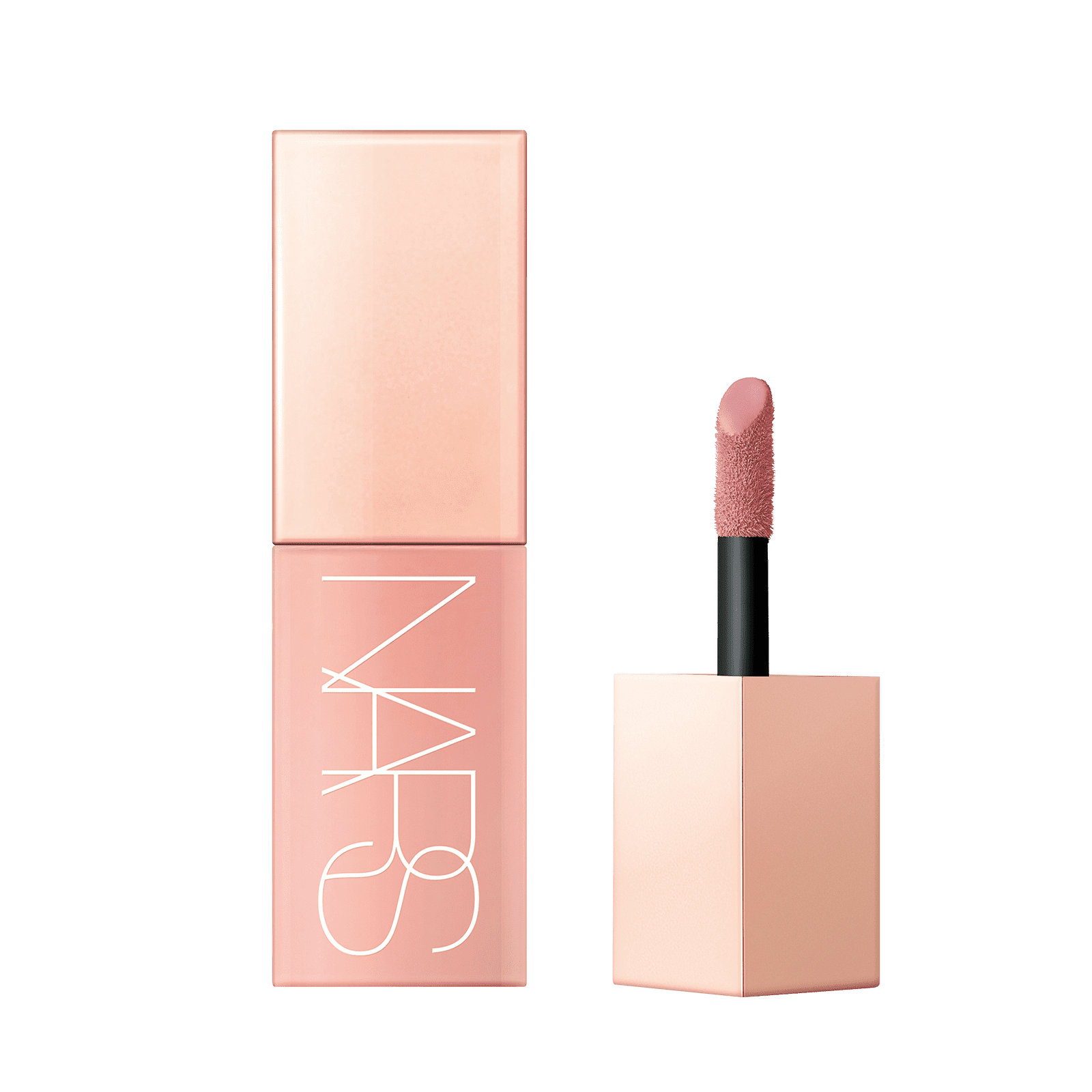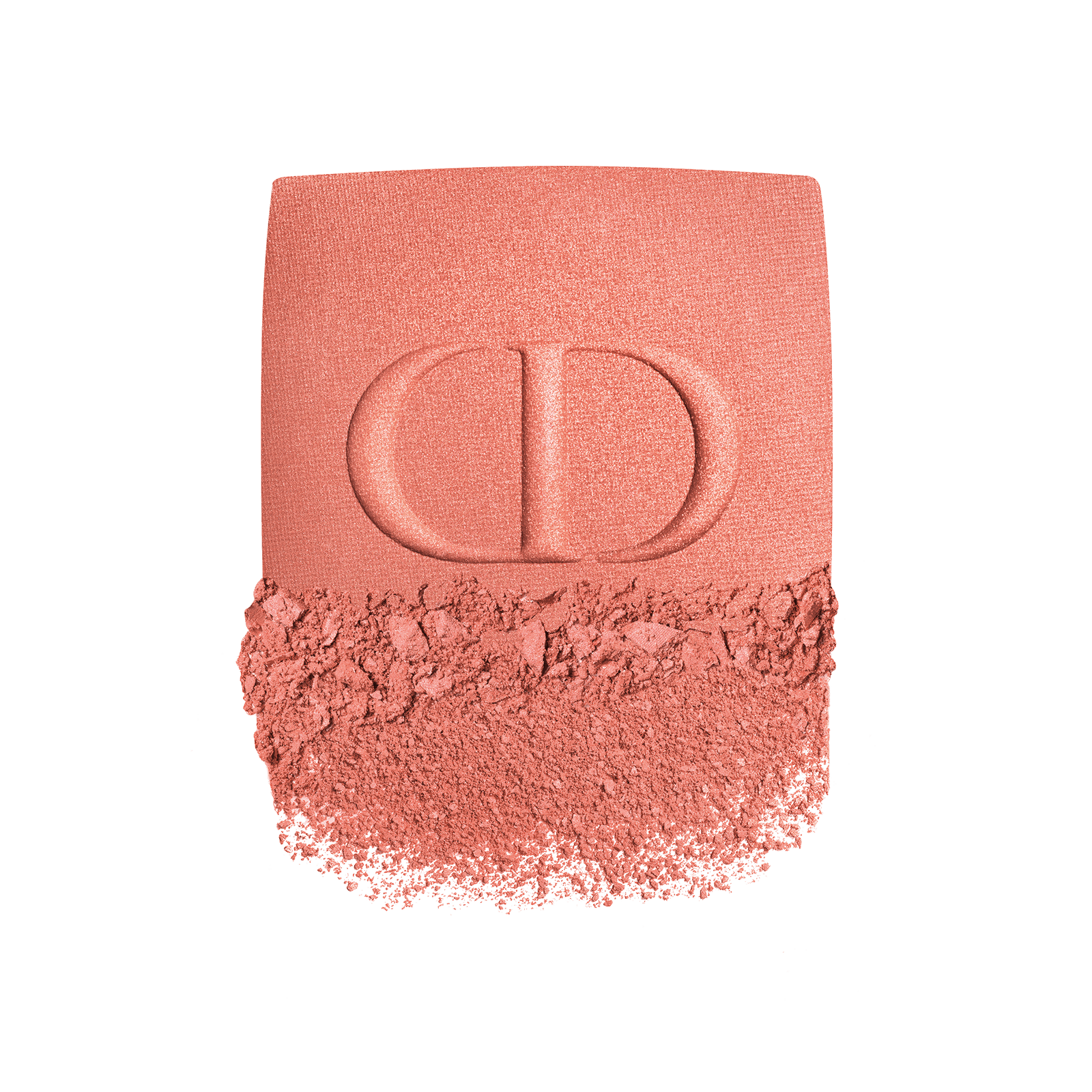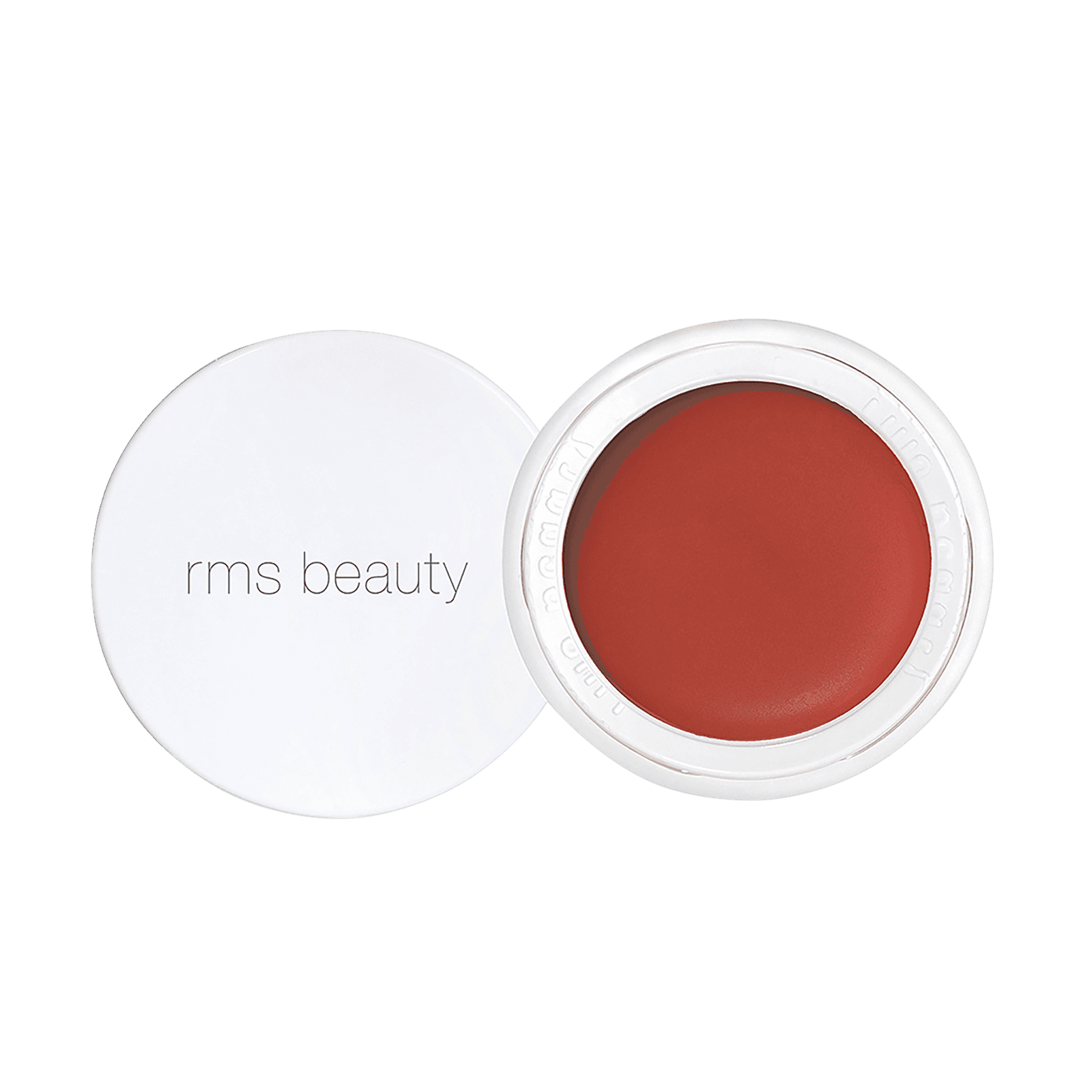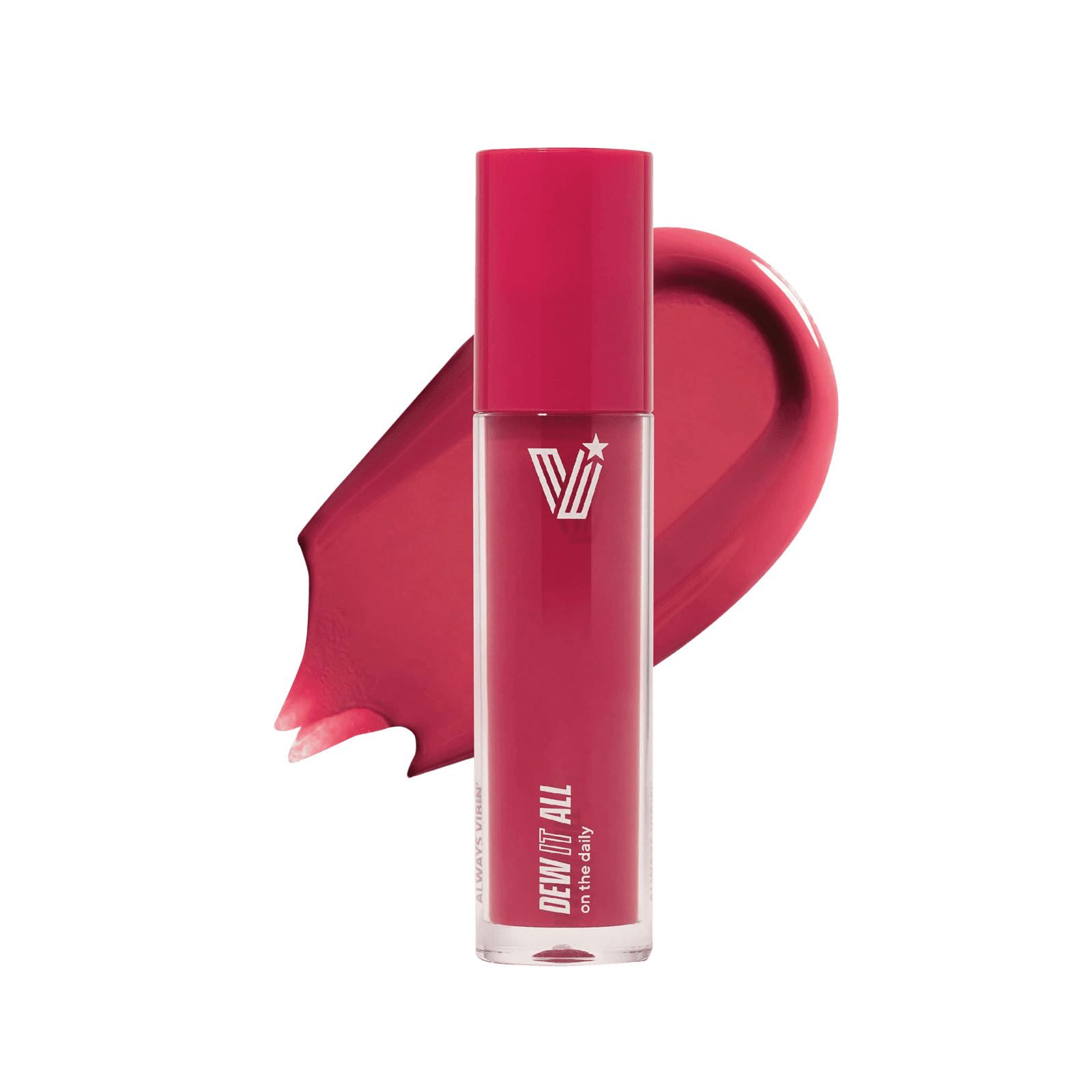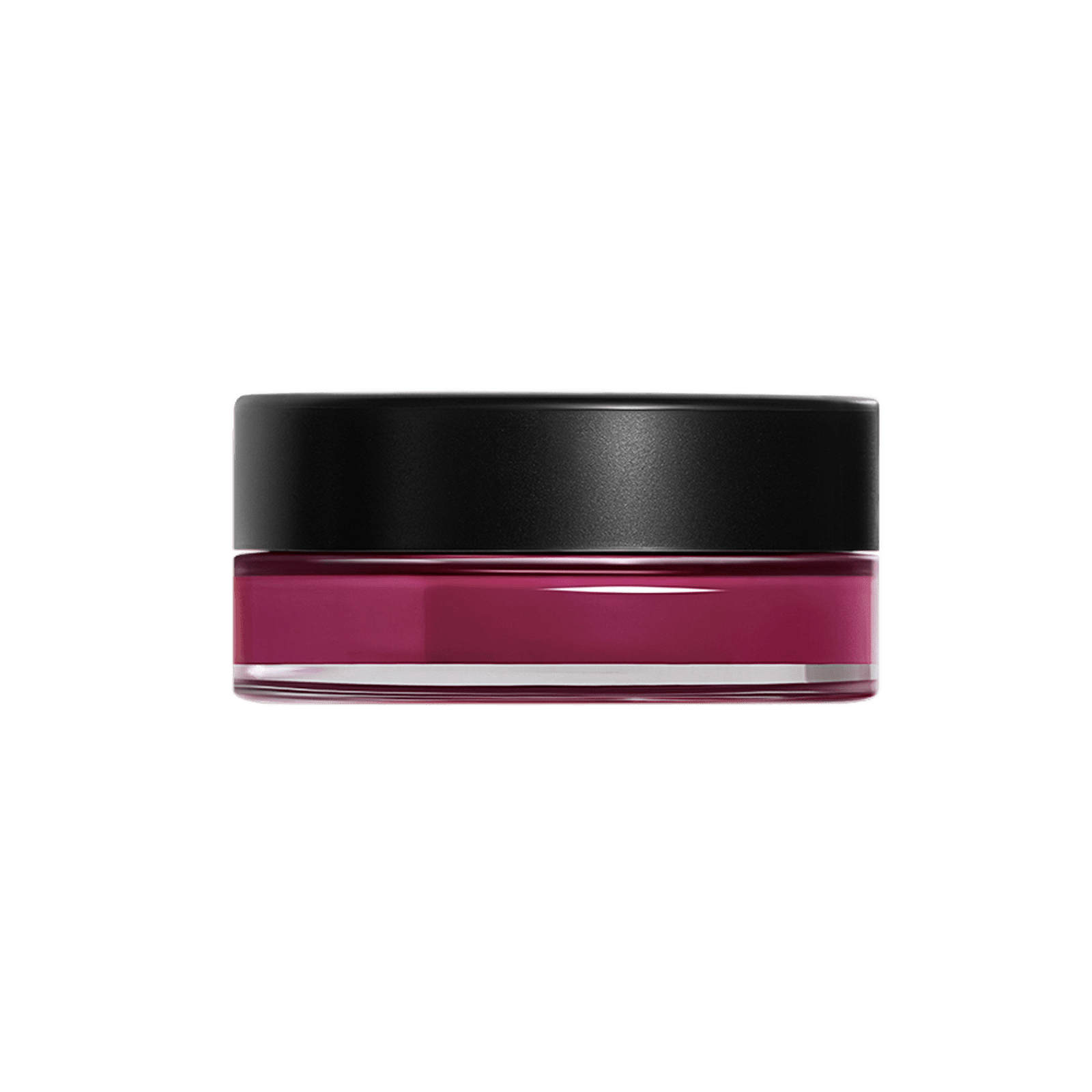Photo by Joshua Pestka
Celebrity makeup artist Ting Duque talks to Vogue Philippines about the timelessness of blush and an exploration of its present-day iterations.
When asked about favored makeup products, lipstick and mascara are often mentioned first, commanding attention with their transformative properties. Makeup artists often cite creative eye makeup looks using eyeshadow and eyeliner as their favorite step. Yet, in the subtle artistry of makeup, there exists a silent protagonist: blush. From the beguiling allure of Cleopatra, the regal appearance of Elizabeth I, down to the courtly sophistication of Madame de Pompadour, blush has woven its way through the annals of beauty history, an often-understated essential in the arsenal of makeup enthusiasts.
A seemingly simple touch, blush is actually a powerful tool as it has the ability to seamlessly bring an entire look together. Seasoned celebrity makeup artist Ting Duque, whose illustrious career has spanned over three decades both here and abroad and with brands like Lancôme and Clinique, is one of the rare professional makeup artists who finds blush as their favorite step in their process. Eyes and the lips always seem to have all the fun, but blush, according to Duque, can also be as communicative.
“Blush, depending on the placement, can make someone look more regal or maybe like they just spent hours under the sun,” she shares with Vogue Philippines. “Drunk blush became a trend just a few years back and even bringing it up closer to the eyes to achieve a feverish look.”
This nuanced perspective reveals that blush, beyond its aesthetic function, has been a silent communicator, adapting to societal norms and cultural shifts. As beauty standards evolved, so did the narrative of blush, from a symbol of power to an instrument of grace and, ultimately, a tool for personal expression.
But throughout history and despite whatever was on trend, blush has always transcended mere pigments on cheeks; it’s a reflection of vitality. “Blush has always been about looking healthy,” Duque opined. “It’s this touch of color that brings life to the face, a subtle art of enhancing natural beauty.”
In history, the connotation of health has been synonymous with marketability for women. Being healthy was not only equated with physical beauty but with the ability to fulfill traditional roles, from childbearing to having the stamina to manage a household. It was a time when the rosy glow achieved through blush wasn’t just a cosmetic choice; it was a visual cue of a woman’s wellbeing, resilience, and capacity for the responsibilities society placed on her shoulders.
While the role of women has drastically changed in the last few centuries, a healthy and natural looking flush remains fashionable—and it has definitely gone beyond attracting men.
With makeup evolving into not having any rules, you can easily forego blush as a step or even over-apply. “Both options can be a look,” Duque explained. “But traditionally, blush is supposed to be a supporting element. It’s not supposed to overpower, but it balances out the entire look,” she explains. She goes back to how the magic of blush lies in its ability to add that extra touch of vitality, making the skin appear healthy and radiant. But one thing that makes it even better is having a good canvas to begin with as makeup can only take one so far.
“Good skin is always attractive, and blush enhances that natural beauty. It’s about expression and showing individuality and uniqueness,” Duque adds.
Blush formula has come a long way from the days of ancient Egyptians, both men and women, who used to mix water with red ochre. Even the use of crushed madder root mixed with beeswax to create an Elizabethan blush was considered a game changer for the public at that time. Now, the ever-expanding range of blush formulas, from creams, liquids, gels, and powders, provides more possibilities for makeup enthusiasts to experiment and express themselves.
She recommends adapting one’s blush formulas to suit the weather. “If it’s humid, I would suggest a liquid or gel formula. You can even layer different formulas to make the blush last longer,” Duque suggests. “I personally like to use the Get Ready with Me Cosmetics Milk Tints, setting them with a powder blush.
Sharing her go-to blush shades, she mentions classics like MAC Cosmetics’ Melba and NARS’ Orgasm and Deep Throat. “Melba is so universally flattering, you would often see it in the kits of makeup artists.” She also expresses her admiration for local brands like Get Ready With Me, emphasizing the importance of inclusivity in shade ranges. “Filipinas come in various skin tones, and it’s wonderful to see local brands offering a wide array of choices at affordable price points.”
While discussing specific shades, Duque issues a word of caution about mauve tones, advising individuals to be cautious as they can be tricky and may not complement warmer under- tones prevalent in Filipina skin.
Knowing the right placement for blush is also key to achieving a natural look. Duque encourages individuals to observe where they naturally blush, mimicking that placement for a seamless and authentic appearance.
Ultimately, it rests upon the individual as the only rule on makeup in 2024 is going for what makes someone feel beautiful—the liberation of self-expression. “It’s not about right or wrong; it’s about what makes you comfortable and confident,” she says. “Makeup is an expression, and there are no strict rules.”

